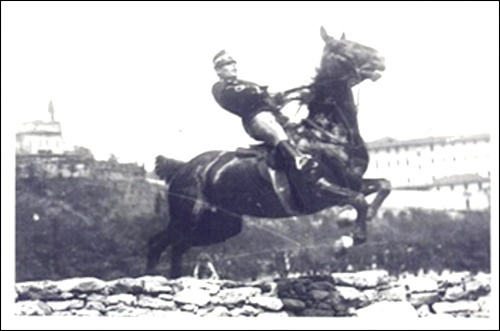This thread has somehow been completely hijacked by forward seat riding, hasn’t it? It’s a bit ridiculous how far off topic we’ve gotten from the atrocities of true abuse by Helgstrand and Parra.
The ride today is so much more technical. Riders need an independent seat and need to be able to adapt to what the horse needs. Sometimes you need to counterbalance, sometimes you need to sit back to help a horse over a bad distance. It’s so important to not buy into “one seat is superior to the others” mindset (I realize nobody actually said that, but it sure comes off this way) as a rider needs to be able to adjust to what a horse needs at that second in time.
Having empathy for what the horse needs and not taking a cookie cutter approach to riding is part of what gets us in these abusive circles. Someone learned something 10 or 20 or even 40 years ago, and sometimes forget to factor in recent datapoints or findings that show that we have more information to do something today that is even better for the horse. We also need the support of judges who continuously reward certain styles, and are afraid to vote no with their placings and scores. Every time they reward and obviously agitated or sluggish horse they are condoning it. When people see it win, they emulate it.
So, what can the everyday equestrian who loves this sport and wants to see it make it to the next century do to make an impact?
Surely it’s not debate the “abusiveness” of classical dressage riding. 
Everyone have a great night. I’ll come back when we start discussing the true offensive aspects of the sport.

